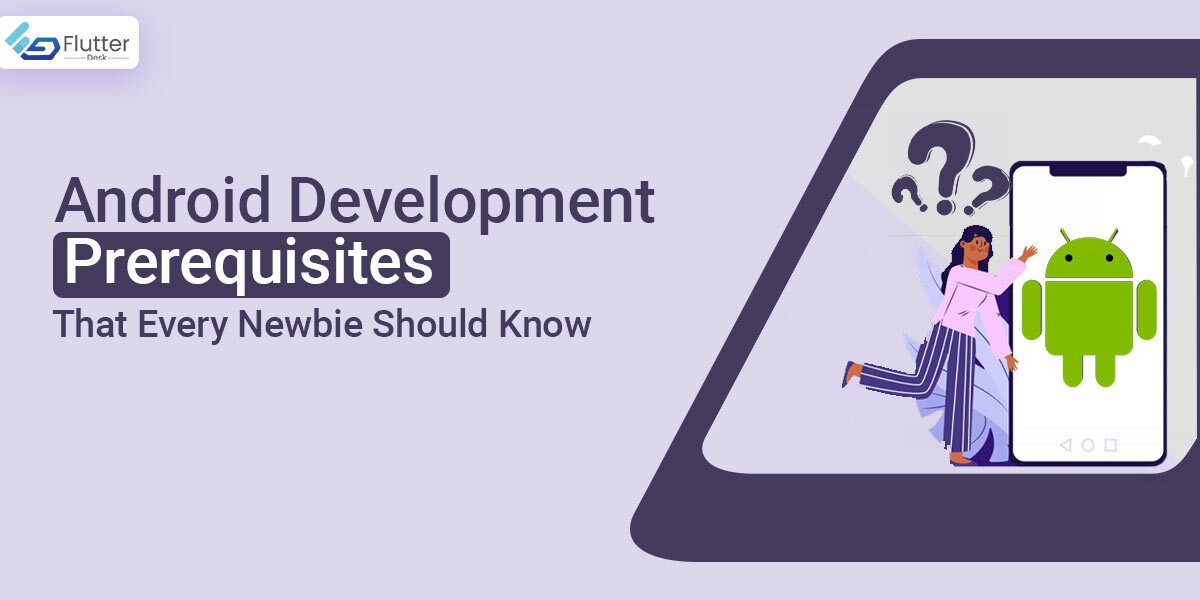Android Development Prerequisites Every Newbie Should Know
Mobile app development has been a hot topic in the recent few years. This is because of the increased user base of mobile phones. There is a massive potential for businesses to offer their products or services online through mobile apps. Going mobile with your business in the present era won’t be a wrong decision for any business until they do thorough research at first. This blog will cover Android development prerequisites that you must know before stepping into it. These days, people have a keen desire and craze for learning Android development. Similarly, it is projecting strong competition in the market for developers to stand out. Moreover, there will be a definite increase in revenue as well because more apps will be available for users to use and spend their money on. Surprisingly, users spent around 48 billion dollars on apps in just the first quarter of 2021. Moreover, if we dive deeper into the stats, users downloaded almost 111 billion apps in just the first three months of 2021. The majority of the apps were gaming followed by educational and business apps. This portrays the utmost potential of having a mobile app for your business in 2022 and so on. What is Android Developer Mode? The developer mode is an option in any Android device which allows you to configure the system’s behaviors that help you scale your app’s performance. You can simply enable USB debugging from the “developer options” menu on your Android phone’s settings. This allows your software development kit to communicate with your Android device over a USB connection. This way you can live test the app you’re building. Let’s get to know some basic Android development prerequisites that are necessary for one to explore. What are the prerequisites to learn Android development? Expertise Level Salary Per Year Android Developer $100,000 – $115,000 Senior Android Developer $135,000 – $145,000 Lead Android Developer $120,000 – $130,000 Source: Glassdoor What Next? This was a quick guide to Android development prerequisites for newbie developers who are planning to be pro codders in the future. You can truly be the one until you move forward in an organized way. Willingness and dedication should be the first and foremost priority of everyone planning to learn Android development. Rest is the struggle and consistency. Who so ever stays confident and learns with full dedication can surely learn Android development easily. Lastly, we wish every Flutter aspirant to be successful in their learning careers. If you have any queries or suggestions, you can comment them down. Our team of highly skilled Flutter developers would love to be of help.
Android Development Prerequisites Every Newbie Should Know Read More »


